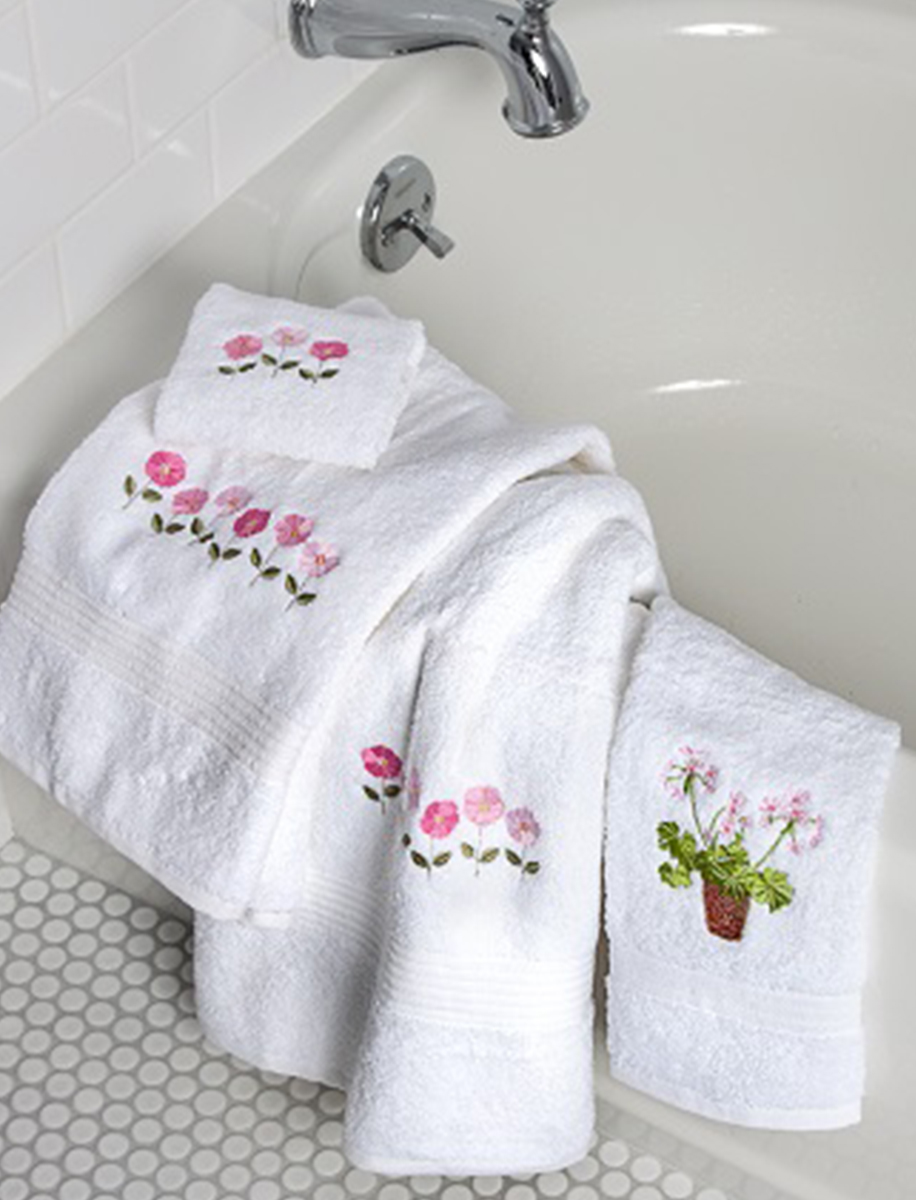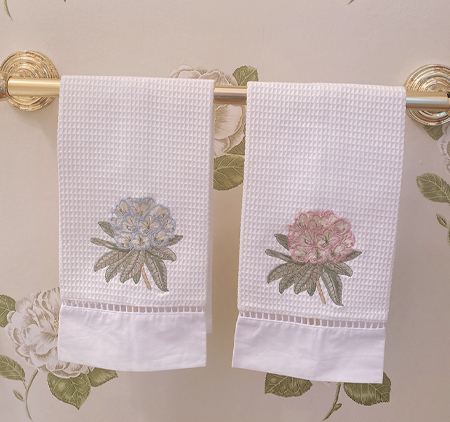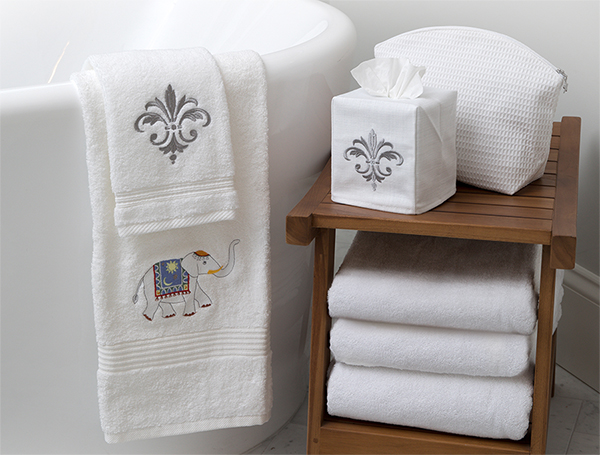
Everybody who has a lot of stuff in their house and doesn’t like to throw anything away knows how life-saving storage units are in those situations. Storage is the perfect solution when you are moving, relocating your office, or simply making more space in your home. But to get the maximum use out of storage, you need to know how to prepare different types of items for it. You also have to know there is a difference between preparing things for long-term and short-term storage. Today we are going to simplify all of that a little bit. Specifically, we are going to talk about preparing fine linen for long term storage, especially items such as pillows, sleepwear, towels, and children’s dresses for long-term storage. Linen is a delicate material and should be properly stored.
The importance of preparing fine linen for long-term storage

First, you may ask why it is important to know this.
Well, because linen is not an accessible material to store, you may damage your linen items if you are not careful. And according to experts at Best Long Distance Movers, it makes moving and packing things for storage much easier when they are prepped beforehand. So, knowing how to prepare linen for long-term storage properly is essential if you want to speed up that process. Same as cotton, linen is a natural fiber. But it’s more absorbent, and it dries faster. Also, linen items such as bedding can be costly, so preserving them while they are stored is necessary.
The first step- Pick the right storage

Before anything else, you must make an intelligent choice when it comes to choosing the appropriate type of storage. Because you want to store your items long-term, you should search for good temperature-controlled storage. Over time many things can cause damage to your belongings, such as sunlight, pest, and mildew. Temperature-controlled storage is designed for items, like pillows, beddings, etc., that require a certain temperature level so they don’t decay. Linen also needs to be sheltered from sunlight, so storage without windows is necessary. These types of storage are a bit more expensive but definitely worth it in the long run.
Step two – Cleaning
Cleaning and washing your fine linen items before storing them is a must. The good thing about linen is that you can both hand wash it and wash it in a washing machine. Both options will do fine. If you decide to hand wash it, follow these steps. First, fill a plastic wash basin with lukewarm water. Then add detergent, but not the one that’s too strong. Find some milder types of detergent; soak the linen item in the water for about 15 minutes. Then when washing, be gentle, so you don’t stretch the material. After that, rinse it a couple of times until you are sure the detergent is completely gone from the item. Hang to dry. The second option is the washing machine. There are a couple more rules to follow when washing linen like that. First, you must separate linen from other materials when washing it, especially if those linen items have anything embroidered on them, because other more rough materials can cause damage to it when mixed. Then you will also have to separate white and colored linens, so they don’t mix colors in the washing machine. When setting the dryer, avoid high temperatures because they can cause shrinkage to your linen items. Also, avoid strong detergents and find some detergent that is specifically for delicate fabrics. Don’t use fabric softeners, as they can cause your things to go yellow after a while. And a quick tip, if you decide to dry linen items in a dryer, don’t set it on too high a temperature.
Step three – Packaging fine linen
Organization is key when it comes to packing anything. First, prepare all the supplies you are going to need for this. Make a list of all the linen items you have to pack so you don’t miss anything. Boxes, paper, and markers are some of the items you are going to need. One thing to you have to avoid when packing linen items is plastic. Plastic is an easy target for mold, humidity, and pests, and your items will likely end up damaged. The best thing you can use is acid-free packing paper. Acid-free paper is beneficial for storing more delicate items for a long time. It prevents them from getting damaged and going yellow. And this paper can last more than 100 years.
When packing linen items, make sure they are loose and not too tightly folded. A fabric like fine linen needs some breathing space. Get a really big box for linen items so you can place them comfortably inside. Add a slit to the box to allow air to circulate through it. To keep your things smelling nice, add a sachet bag with a smell of your choice. Finally, if the whole packing process proves too challenging and overwhelming for you, you can always find experts to help you with preparing fine linen for long term storage. There are many moving and storage companies that can be useful when it comes to this.
In conclusion
This was a quick guide to preparing fine linen for long term storage. If you follow these steps, your linen items should be fine in storage. But don’t forget you can choose just any type of storage. All this prepping of linen items will go to waste if you don’t find appropriate storage. As we said, temperature-controlled storage is a bit more expensive than regular storage but extremely worth it. No amount of washing and careful packaging can save your fine linen items from a storage unit that is full of sunlight, humidity, mold, and all kinds of pests. Picking the right storage is half of the job. And finally, don’t hesitate to get some professional help. It’s better to get professionals to do it for you than risk damaging your fine linen items.









